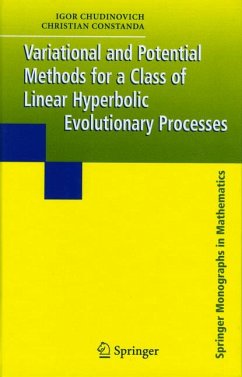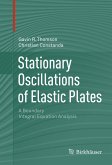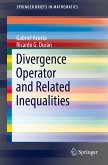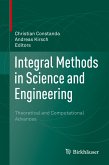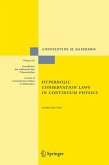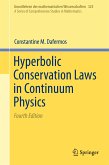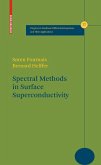The analysis, performed in spaces of distributions, is applicable to a wide variety of data with less smoothness than that required in the corresponding classical problems, and is very useful for constructing error estimates in numerical computations. The presentation is detailed and clear, yet reasonably concise. This illustrative model was chosen because of its practical importance and some unusual mathematical features, but the solution technique developed in the book can easily be adapted to many other hyperbolic systems of partial differential equations arising in continuum mechanics.
Dieser Download kann aus rechtlichen Gründen nur mit Rechnungsadresse in A, B, BG, CY, CZ, D, DK, EW, E, FIN, F, GR, HR, H, IRL, I, LT, L, LR, M, NL, PL, P, R, S, SLO, SK ausgeliefert werden.
Most classical problems in the field of elastic plates are considered; namely, the clamped-edge and free-edge plates involving Dirichlet and Neumann boundary conditions respectively, elastic Robin, simply supported edge plates characterized by mixed and combined displacement-traction boundary data, transmission or contact problems, plates with homogeneous inclusions, cracks and plates on a generalized elastic foundation. The general scheme is the following: once the variational formulation has been established, the solvability is studied in distributional spaces; this allows the authors to determine solutions in the form of time-dependent single-layer and double-layer potentials with distributed densities satisfying nonstationary integral equations. The resulting equations are handled by means of the Laplace transform to reduce the original problems to boundary value problems depending on some complex transformation parameter $p$. When the real part of $p$ is constrained to be positive, estimates are derived, thus allowing the authors to make conclusions about the properties of solutions. To solve the transformed problems, algebras of singular integral operators are introduced so as to take into account the boundary values of the transformed potentials. Using Parseval's identity, the spaces of originals are recovered to prove existence of weak solutions to the given initial-boundary value problems...." (Isabelle Gruais, Mathematical Reviews)

